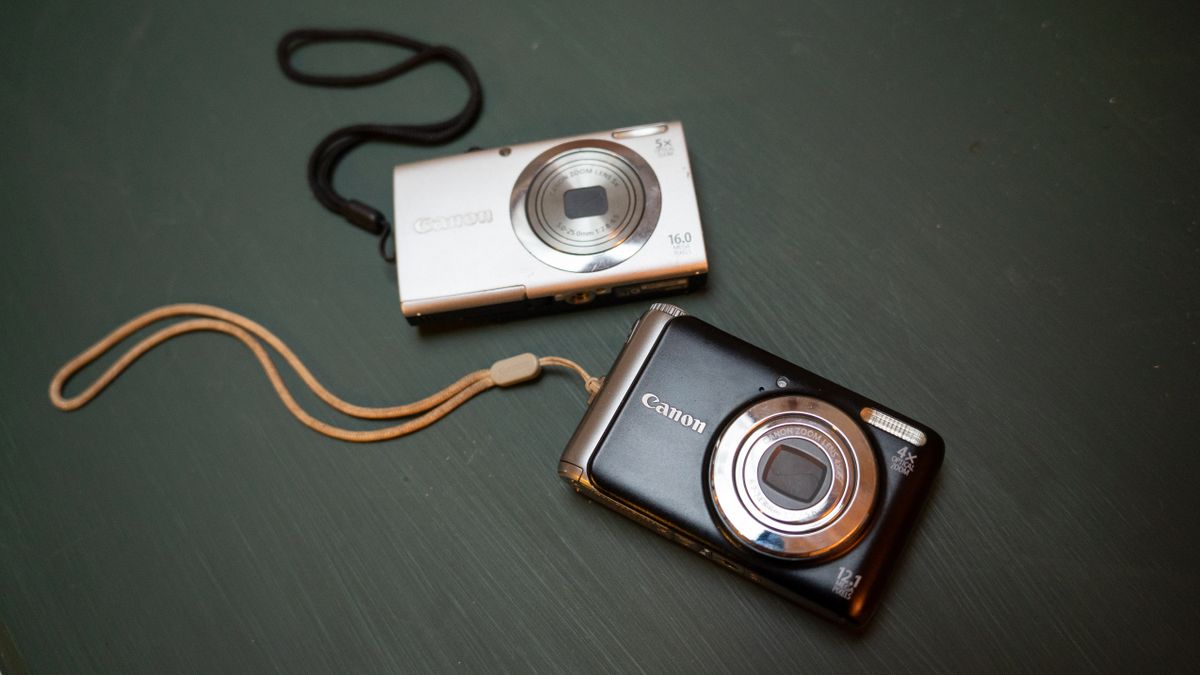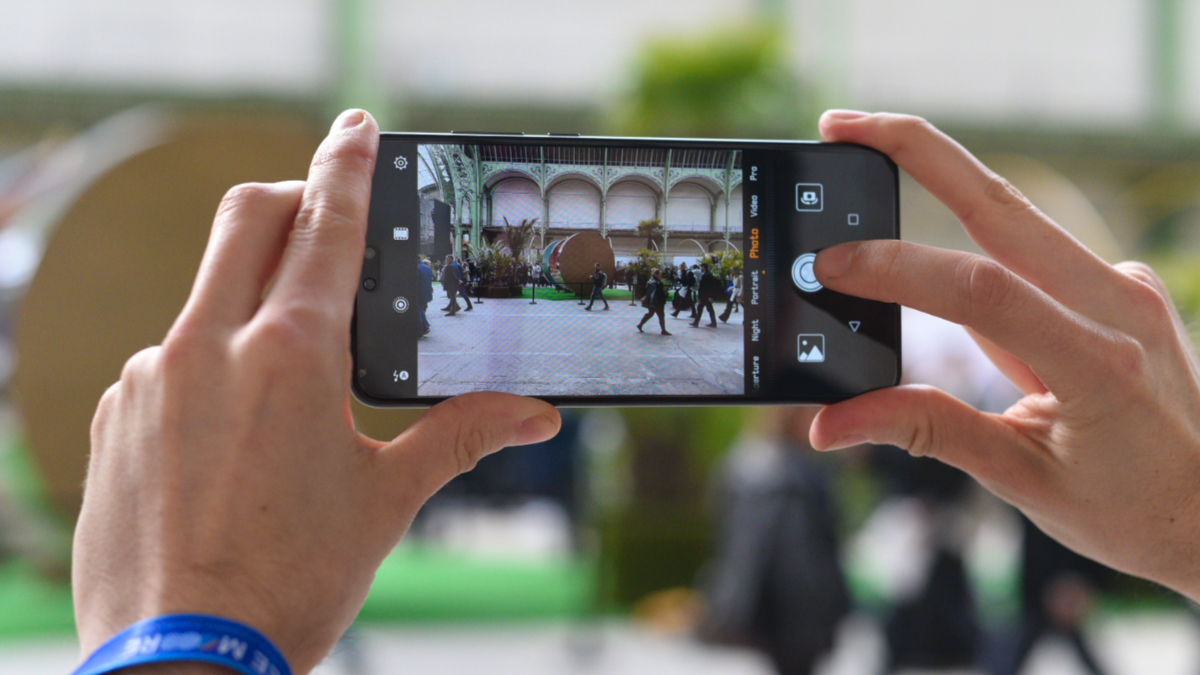The global digital photography market has suffered significant knocks in recent years, with the comeback of film photography, Covid, and improvements in smartphone technology.
Despite this previously bleak outlook, things are looking up.
According to the Digital Photography Global Market Report 2024, the market is expected to reach $66.68 billion by 2028.
It will grow from $50.71 billion in 2023 to $53.84 billion in 2024 at a compound annual growth rate (CAGR) of 6.2%.
Described as a “historic period” of growth by the report, it attributed the prosperity to “smartphone integration, social media influence, internet connectivity, software development, and e-commerce in photography gear.”
The anticipated growth in the coming years is predicted due to the influence of artificial intelligence in imagining, virtual and augmented reality photography, subscription-based photography services, blockchain for copyright protection, and sustainability in camera manufacturing.
Earlier this year we reported the happy news that the Japanese digital camera market had grown for the first time in 13 years. An article in the Japanese financial newspaper Nikkei Shimbun reported at the time that the growth was predominantly driven by interchangeable lens cameras, an area that increased by 9% year on year. Compact cameras also contributed to getting the industry back in the green, with sales growing by 6%.
The best camera deals, reviews, product advice, and unmissable photography news, direct to your inbox!
The publication also recognized that after the pandemic, “demand for travel and leisure increased, and sales of digital cameras started on a recovery trend.”
New smartphone models are released every year, and the main thing everyone stumbles over each other to find out these days is how much better the camera and video technology is. Most people like to take photos, yet not everyone thinks of themselves as “into photography”.
However, instead of being a negative presence as previously thought, the report argues that “the increasing number of smartphone users worldwide will drive the digital photography market going forward.”
Everyone with a smartphone uses its integrated computer, and other functions not previously associated with cell phones, including the operating system, and the capacity to be compatible with certain software programs. Being compact and multipurpose, and with technology to now rival even the best digital cameras, the smartphone is the camera of choice for many individuals, “and this widespread adoption of smartphones as cameras has led to more extensive user engagement in digital photography.”
There are specific camera types, too, like the best 360-degree cameras which benefit from camera and app symbiosis.
The percentage of smartphone users in 2022 was 76%, and is projected to increase to 92% by 2030, directly propelling the digital photography industry.
The report also highlighted insights such as the focus of most major companies on innovative solutions such as tilt-shift lenses.
“For instance, in September 2023, Fujifilm Holdings Corporation, a Japan-based multinational company announced the launch of ‘Fujinon GF30mm F/5.5 T/S’ and ‘Fujinon GF110mm F/5.6 T/S Macro’. These lenses are specifically designed for the Medium-Format Digital Mirrorless platform and are integrated with both shift and tilt capabilities.”
Check out our guide to the best camera phones, the best lenses for iPhone and Android photography, and the best iPhone for photography.




